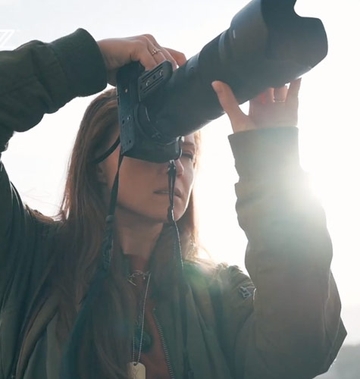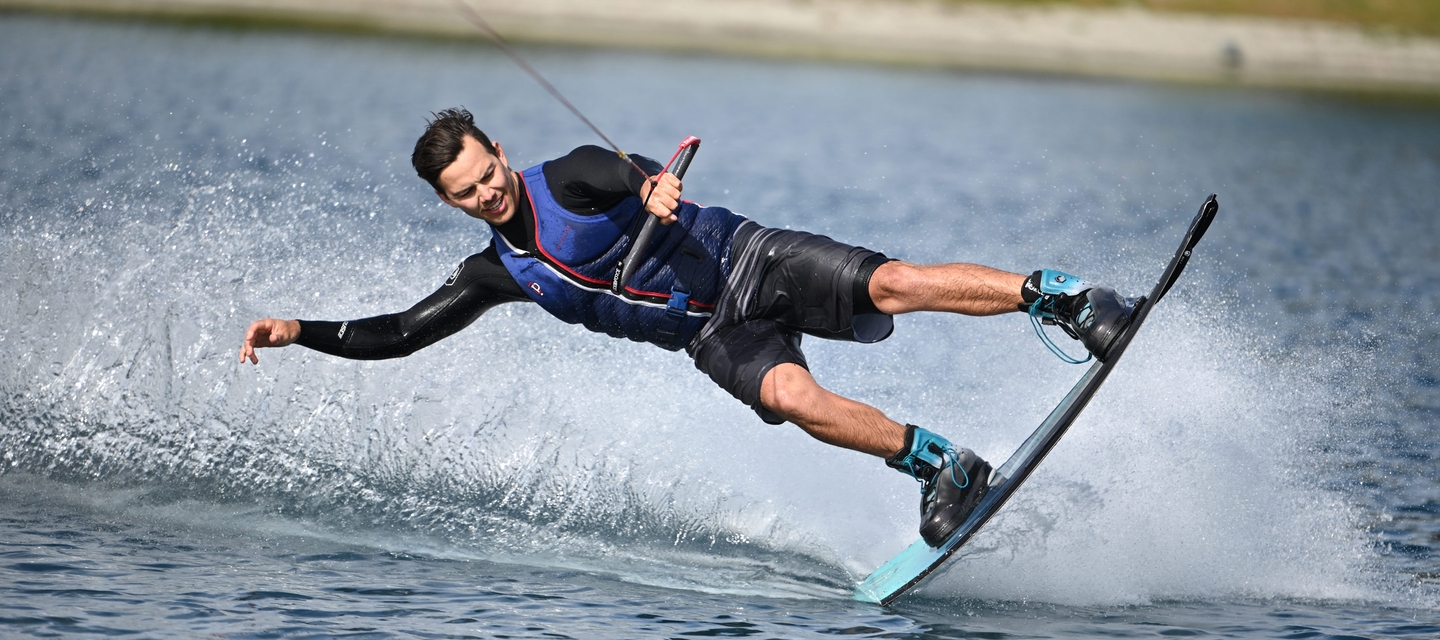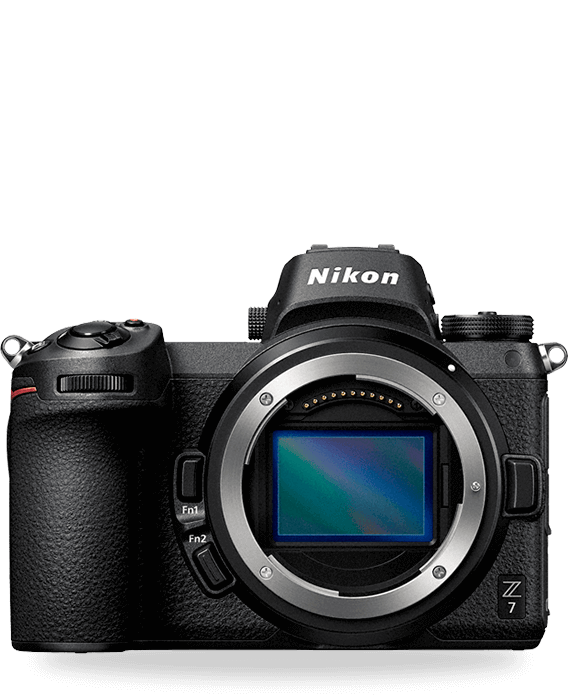Obsession for details. Uncompromising Zoom.
Highly-cinematic.
The NIKKOR Z 70-200mm f/2.8 VR S is a remarkable lens for video applications. Smooth, silent AF with virtually no focus breathing. Standard 77mm filter support. Superior optical image stabilization combines with the camera's* in-body image stabilization and Electronic VR. All of this added to the versatility of the highly useful 70-200mm focal range. *In-body image stabilization not available in all Z series cameras.
The Nikkor Z Advantage
| Lens Features | 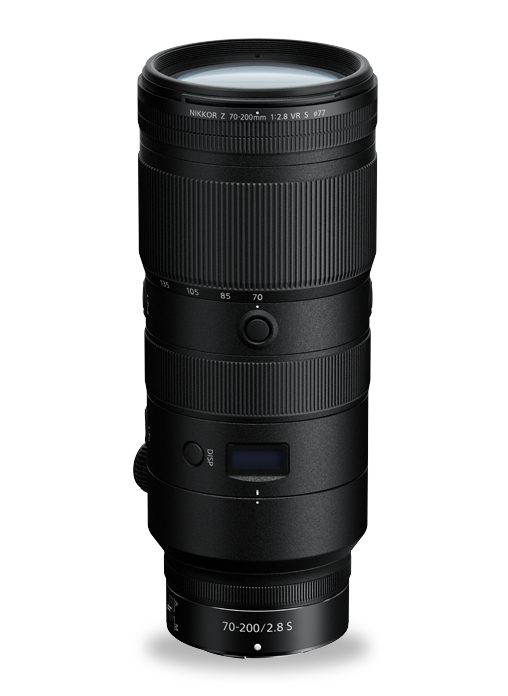 Nikkor Z | 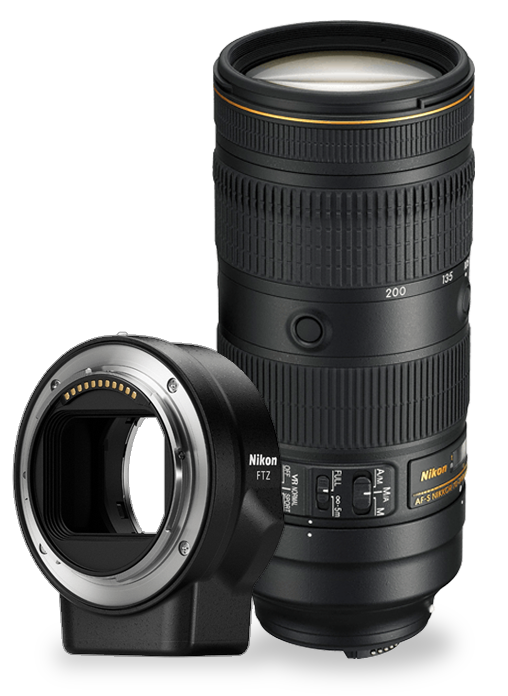 Nikkor (using Mount |
|---|---|---|
In-Camera Image Stabilization | 5-Axis* /5.5 Stops | 3-Axis /4 Stops |
AF Motor Noise | Virtually Eliminated | Near Silent |
Multi-Focusing System | ||
Min. Focus Distance | 0.5m (W) - 1.0 (T) | 1.1m |
Aspherical Lens Elements | 2 | 0 |
High- and Specialized-Dispersion Glass (SR) | 1 | 0 |
Anti-Reflective Coating | Nano + ARNEO | Nano |
Minimized Focus Breathing | ||
Custom Control Ring | ||
Optional Mount Adapter | Required | |
Mount Diameter / Flange Distance | 55mm | 47mm |
Technology

Short-Wavelength Refractive Lens
SR is a high- and specialized-dispersion glass lens that refracts light with wavelengths shorter than that of blue. By controlling short-wavelength light, the lens is able to achieve highly precise chromatic aberration compensation so that the colors in your images are more accurately reproduced. It also allows for more flexible optical designs, which allows for compact, lighter lenses to be designed.

ARNEO Coat
An anti-reflective coating developed by Nikon and used in conjunction with Nano Crystal Coat to further reduce ghost and flare effects caused by incident light entering the lens vertically. This allows for the outstandingly clear capture of images even when a light source is located within the frame.

Stepping Motor
NIKKOR Z lenses use a stepping motor for fast, accurate, smooth, quiet autofocus with reduced wobbling. This quiet drive system makes the lenses ideal for use when shooting video.

Fluorite Lens Element
Fluorite (FL), a lightweight mono-crystal optical material, has excellent optical properties while reducing overall lens weight to improve balance and handling, especially useful in longer focal length lenses.

Fluorine Coat
Photographers need gear that can withstand the elements. Nikon’s fluorine coat effectively repels dust, water droplets, grease or dirt, ensuring easy removal even when they adhere to the lens surface. Nikon’s fluorine coat endures a high frequency of lens surface wiping and its anti-reflective effect also contributes to the capture of clear images.

Electromagnetic Diaphragm Mechanism
An electromagnetic diaphragm mechanism in the lens barrel provides highly accurate electronic diaphragm or aperture blade control when using auto exposure during continuous shooting.

ED (Extra-Low Dispersion) Glass
An optical glass developed by Nikon that is used with normal optical glass in telephoto lenses to obtain optimum correction of chromatic aberrations.

Nano Crystal Coat
An anti-reflective coating developed by Nikon that virtually eliminates internal lens element reflections across a wide range of wavelengths. Nano Crystal Coat solves ghost effects caused by red light and effectively reduces ghost and flare caused by light entering the lens diagonally.

Aspherical Lens
A lens with a curved, non-spherical surface. Used to reduce aberrations and enable a more compact lens size. Aspherical lenses minimize coma and other types of lens aberrations, even when used at the widest aperture. They are particularly useful in correcting distortion in wide-angle lenses and help contribute to a lighter, more compact design by reducing the number of standard (spherical) elements necessary. Aspherical lens elements correct these distortions by continuously changing the refractive index from the center of the lens.

IF Lens
A NIKKOR lens in which only the internal lens group shifts during focusing. Thus, IF NIKKORS do not change in size during AF operation, allowing for compact, lightweight lenses capable of closer focusing distances. These lenses will be designated with the abbreviation IF on the lens barrel.

Super Integrated Coating
Nikon Super Integrated Coating is Nikon's term for its multilayer coating of the optical elements in NIKKOR lenses.

Vibration Reduction
A Nikon in-lens technology that improves image stability by automatically compensating for camera shake. Lenses that offer VR will feature the abbreviation VR on the lens barrel.
*Based on CIPA Standard: this value is achieved when attached to a FX-format camera with the camera’s VR function set to “NORMAL”, and when zoom is set to the maximum telephoto position.
LCD, Video and Photo Gallery images are for illustrative purposes only
Tech Specs
Focal Length Range
70 - 200mmMaximum Aperture
f/ 2.8Format
FXVR (Vibration Reduction) Image Stabilization
YesNano Crystal Coat
YesApprox. Dimensions (Diameter x Length)
3.6 in. (89 mm) x 8.7 in. (220 mm)Approx. Weight
48 oz. (1360 g)
- Mount TypeNikon Z Mount
- Focal Length Range70 - 200mm
- Zoom Ratio2.9x
- Maximum Aperturef/ 2.8
- Minimum Aperturef/ 22
- FormatFX
- Maximum Angle of View (DX-format)22°50′
- Minimum Angle of View (DX-format)8°
- Maximum Angle of View (FX-format)34°20′
- Minimum Angle of View (FX-format)12°20′
- Maximum Reproduction Ratio0.2x
- Lens Elements21
- Lens Groups18
- Compatible Format(s)FX, DX
- VR (Vibration Reduction) Image StabilizationYes
- Diaphragm Blades9
- Distance InformationYes
- Arneo CoatYes
- Nano Crystal CoatYes
- ED Glass Elements6
- Fluorite Elements1
- Fluorine CoatYes
- Aspherical Elements2
- Super Integrated CoatingYes
- AutofocusYes
- Internal FocusingYes
- Minimum Focus Distance0.50m at 70mm zoom position, 0.63m at 85mm zoom position, 0.68m at 105mm zoom position, 0.80m at 135mm zoom position, 1.0m at 200mm zoom position
- Focus ModeAuto/Manual
- Filter Size77mm
- Accepts Filter TypeScrew-in
- Approx. Dimensions (Diameter x Length)3.6 in. (89 mm) x 8.7 in. (220 mm)
- Approx. Weight48 oz. (1360 g)
- Lens TypeZoom
Support
Product Registration
Registering your Nikon product allows us to send you (with your permission) important updates, service information and helpful hints, and it makes it easier should you ever need to call in for help.
Register your product online now.Nikon Answers Site
We store all resolved problems in our solution database. If you can’t find a relevant answer, feel free to submit a question to our technical support team.
View Questions & Answers